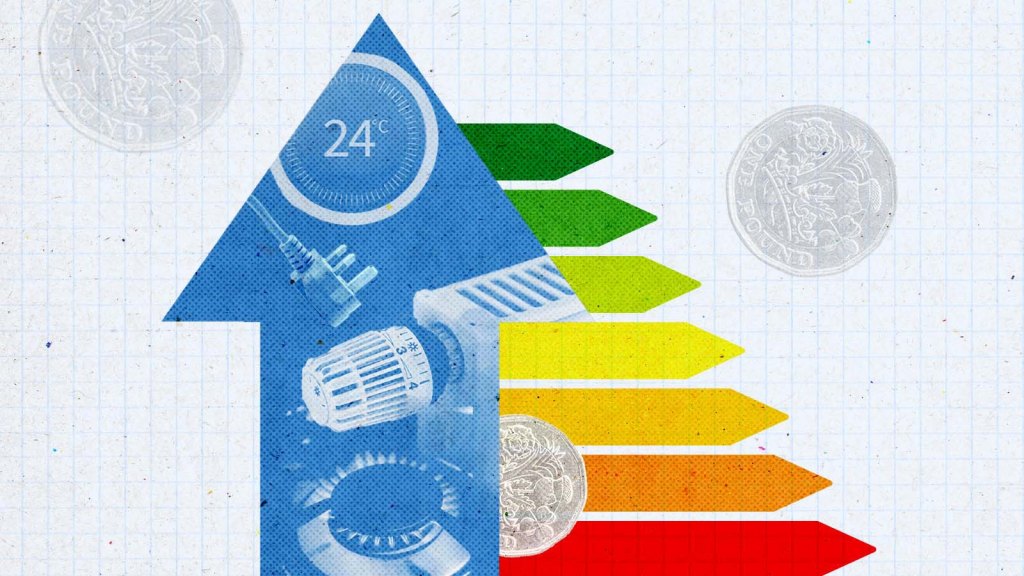Time to Secure a New Energy Deal?
As the deadline approaches for switching energy deals before the regulator’s price cap rises in just three days, consumers have good news. After a prolonged period with limited options for fixed-rate tariffs, choices are finally resurfacing that offer rates below the forthcoming cap.
Ofgem’s price cap, which is revised quarterly, sets limits on the cost per unit of gas and electricity (including daily standing charges) that can be charged to customers on variable standard tariffs. However, it does not apply to fixed tariffs. Over the past three years, the availability of competitive fixed deals has been scarce due to skyrocketing energy costs.
This week, there are ten fixed deals available that are below next week’s price cap, with forecasts suggesting that nine of these options could result in savings over the next year.
Understanding the Price Cap
The new price cap, set to take effect on October 1, will be established at 24.5 pence per kWh for electricity and 6.2 pence per kWh for gas. This translates to an estimated annual direct debit bill of £1,717 for an average dual fuel household, reflecting an increase of £179 from the previous cap of £1,538. The price cap has seen significant increases from October 2021 through January 2023 due to a European gas shortage exacerbated by geopolitical tensions.
In January 2023, the price cap peaked at £4,279, which was mitigated by the government’s energy price guarantee program, placing a temporary limit of £2,500 annually for the average household from October 2022 until July 2023.
Since then, the cap decreased from April 2023 to July and is projected to decline slightly in January, with expectations of further drops in April and July. Analysis from management and energy consultancy BFY suggests a January cap of around £1,700 and an average annual bill estimate of £1,697 for the upcoming year.
Deciding to Fix Your Rate
Switching to a fixed rate now may yield savings. Octopus Energy has reported that since Ofgem’s announcement regarding the new price cap in August, the number of customers opting for fixed deals has doubled.
According to information from Uswitch, fixed deals offered by major suppliers such as EDF, British Gas, and Eon, as well as smaller companies like Outfox the Market, are projected to be cheaper than the new price cap. Some loyalty offers from suppliers like E.ON and EDF for existing customers also present lower rates.
Outfox the Market’s one-year fixed deal is priced at £1,555 for typical usage, while EDF’s equivalent is £1,568. By choosing Outfox the Market, a customer could save £142 over the next year compared to remaining on a standard tariff at the price cap. Similarly, switching to EDF would result in a £129 saving, based on BFY’s usage predictions.
The actual costs will always depend on individual energy consumption patterns. The pricecap.energy website, maintained by BFY, provides estimated bills for the upcoming year based on consumption and regional data, and serves as a useful tool to compare fixed rates.
For those looking for a longer-term commitment, Octopus and Co-op Energy are offering 15-month fixed rates at approximately £1,599 annually. Notably, these plans do not come with exit fees, allowing customers to exit without penalties should a more attractive deal become available.
In contrast, deals from Outfox the Market and EDF include exit fees of £25 per fuel, while British Gas, EON, Ovo, Sainsbury’s, and So Energy apply fees of £50, with tariffs ranging from £1,612 to £1,705 annually.
Switching to a new tariff with the current supplier typically results in immediate transfer, whereas switching suppliers can take a few days—just provide the new supplier with your existing account details, and they will handle the process. If the transition isn’t completed within five days, the previous supplier may owe compensation. Note that switching is not permitted if you have outstanding debts with your supplier exceeding 28 days.
It’s advisable to take a meter reading when changing tariffs to prevent overpayment. Keep a record of the readings or photograph the meter for reference in case of billing discrepancies.
The Rise in Switching Activity
Recent data from Ofgem reveals that over a million energy accounts (585,063 for electricity and 453,754 for gas) were switched between April and June, marking a 56% increase compared to the same timeframe last year and a significant rise of 304% relative to 2022.
While Ofgem does not specify the type of deals customers are opting for, energy suppliers and comparison platforms indicate a notable interest in fixed-rate tariffs as new competitive options re-emerge.
Even for consumers who decide not to switch suppliers, recording a meter reading ahead of the price cap increase on October 1 is essential. Uswitch has calculated that the average difference in energy costs between a week’s usage (representing 219 kWh of gas and 191 kWh of electricity) in September versus October will be approximately £18.81.






